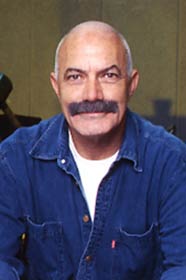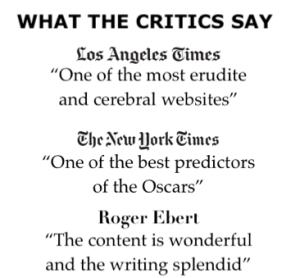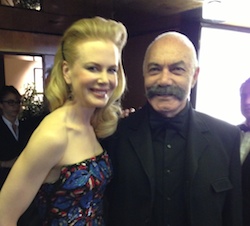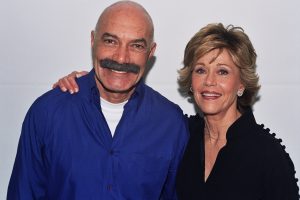Kelly Reichardt has always been fascinated with art thefts, and had been collecting newspaper clippings about heists for years.
She remarked that in the 1970s, it was relatively easy to steal art, and that the Isabella Stewart Gardner Museum heist happened because there were “acid heads running the security.”
She was specifically inspired by the 1972 robbery of the Worcester Art Museum in Massachusetts, in which two Gauguins, a Picasso, and a Rembrandt were stolen.
She started working on the movie after reading about the 50th anniversary of the Worcester heist: “I’m just fascinated with people stealing art, and the idea of taking something from a public space to enjoy on your own, like the people that had the de Kooning in their bedroom. Instead of everyone enjoying this painting, it’ll just be you behind your bedroom door.”
Although many Reichardt films are shot in the Pacific Northwest, Reichardt set the film in Massachusetts because she went to art school there, and felt that the script “makes sense as a Massachusetts story.”
Film’s Setting
The film’s setting highlights the decline of 1960s counterculture. Reichard decided to mov the heist’s date from 1972 to 1970 because the characters needed to be “figuring out what’s next” as a country, because at the end of the 1960s, “[t]his whole freewheeling thing’s not working out.”
The film’s narrative parallels “the unconventional narratives of 1970s New Hollywood [cinema] that were populated by offbeat antiheroes.”
Living in a comfortable suburb, and with no risk of being drafted, J.B. has the luxury of not being “tuned in to the political climate,” although reality remains “just on the edges of the frame.”
She noted that J.B. was “rebelling against his middle-class life” without “a clear idea of the alternative would be,” and “mindlessly takes advantage of his privilege whenever he is in trouble or whenever he needs to.”
J.B.’s unfocused rebellion ties into a common Reichardt theme, “the individual versus the person in a community.”
Like Robert Bresson’s Pickpocket (1959), the film is structured as “exploration of a sinner, why he sins, and the consequences of those sins.”
Reichardt’s film was in part about the “cost” of “personal freedom,” explaining that “being able to be the outlaw is a privilege” and that J.B. relies on the women in his life to “carry the weight” of his antics. She added that the film questions whether a person can “really remain separate from what’s going on around them.”
J.B.’s choice of what art to steal reflects his own personal tastes, rather than commercial reasons like maximum profit.
O’Connor said that “there’s a sort of ego there … ‘I’ll steal the artists that only real artists know about.'” In the film, J.B. steals four real Arthur Dove paintings: Tree Forms (1932), Willow Tree (1937), Tanks & Snowbanks (1938), and Yellow, Blue-Green and Brown (1941).
However, he passes up the chance to steal more famous paintings, some of which reside in Washington, D.C.’s National Gallery of Art, such as John Singer Sargent’s Street in Venice, Mary Cassatt’s Child in a Straw Hat, Frederic Edwin Church’s Niagara, and Thomas Cole’s The Voyage of Life: Youth.
While Dove was “a respected artist whose works hang in some of America’s greatest museums, the only way he would make headlines in the art press today is if someone staged a heist of his works.” Even in the 1970s, Dove was not the most popular artist, and Reichradt liked how J.B.’s focus on Dove “lowers the stakes” and was a better fit for “the size of my film and the ambitions of this character.”
The film plays with genre expectations and has been described as an “anti-heist movie.” While she was heavily inspired by the heist films of Jean-Pierre Melville, she did not want to focus on the process of the heist as much as Melville would. She was more interested in the “unwinding” of J.B.’s plan than the plan itself,
If you went to this film thinking it was a heist film, you might be pissed, and disappointed. However, she noted that the heist film formula existed for a reason and that scripting a film to defy genre conventions required “a lot of trial and error.”
Reichardt scripted the character of J.B. like a Bresson actor, “a sort of blank character that you can project onto.” She praised Josh O’Connor for “setting aside ego” to play the part.










